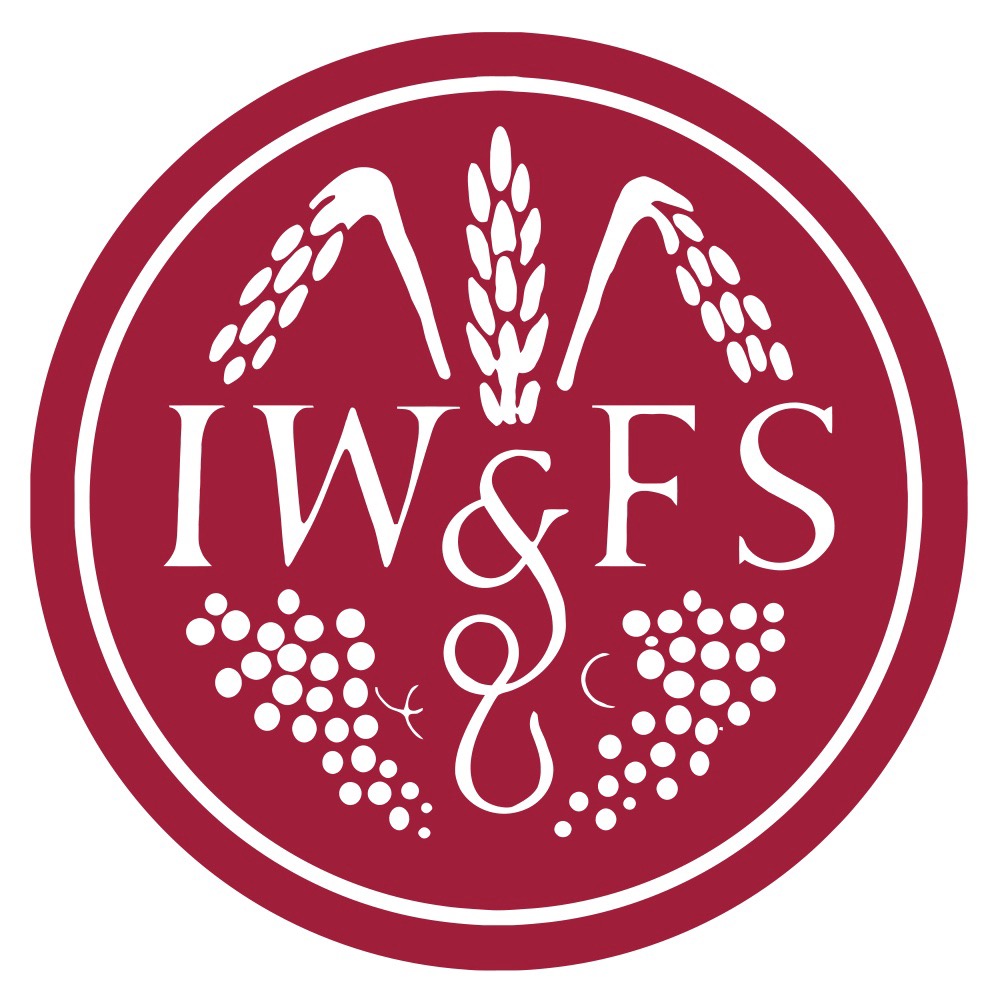Never mind the Sauvignon Blancs — New Zealand’s top wine region is more intriguing than its most famous varietal
Set to celebrate its 50th anniversary this year, Marlborough’s wine industry is serving up a hospitality all its own.
JS
By Jessica Wynne Lockhart Special to The Star
Fri., Jan. 27, 2023timer5 min. read
JOIN THE CONVERSATION
On a sunny day in November, I’m driving between precise rows of green vines on the South Island’s northeastern corner. Flanked by brown hills on the south and the Richmond Ranges to the north, it’s a bucolic scene — the result of order in an otherwise wild place.
Through it all flows the Wairau River, a sublime blue from its silt. Like all of New Zealand’s braided rivers, the Wairau’s tentacles have wandered over time, carving out a terraced valley like a trench, dropping rich alluvial deposits in their path. Combined with Marlborough’s status as the country’s sunniest spot, it’s not surprising this is New Zealand’s top wine-producing region.
Every year, Marlborough’s roughly 160 wineries produce more than three-quarters of the country’s wine exports, including the Sauvignon Blancs so beloved by North Americans. Yet, despite the region’s prime grape-growing conditions, the first commercial vines weren’t planted here until 1973.
This August, the wine region will celebrate its 50th anniversary. It’s an auspicious occasion — and a reminder that in the world of wine, Marlborough is barely an adolescent. Bordeaux, in contrast, was exporting wine by 1302; Spain since the Roman Empire. Even Ontario had 35 commercial wineries by 1890.
And like any young adult, Marlborough is in the midst of trying to define its identity. Already, one thing is clear: The varietal that put it on the map may not determine its future.
:format(webp)/https://www.thestar.com/content/dam/thestar/life/travel/2023/01/27/never-mind-the-sauvignon-blancs-new-zealands-top-wine-region-is-more-intriguing-than-its-most-famous-varietal/sidebar_inline.jpg)
“We’re not a one-trick pony,” says Anna Flowerday, co-winemaker of Te Whare Ra Wines, when we meet for dinner in Blenheim, Marlborough’s commercial centre. “People visit Marlborough because they’re adorers of New Zealand Sauvignon Blanc, but there are a lot of other things waiting in the wings.”
Sauvignon Blanc still accounts for 80 per cent of the vines planted, but Flowerday says it’s in the region’s complex Chardonnays, peppery Syrahs, plummy Merlots and bright Albariños (a relatively new varietal in the country) that Marlborough is coming into its own. And what’s in the glass isn’t the only point of difference: the way it’s being poured and shared is unique, too.
Increasingly, winemakers across the country are using the Maori word “turangawaewae” (which translates loosely as “a place to stand”) rather than “terroir” to talk about provenance during tastings. It may seem like a small detail, but it illustrates New Zealand’s willingness to depart from tradition and carve out its own path.
